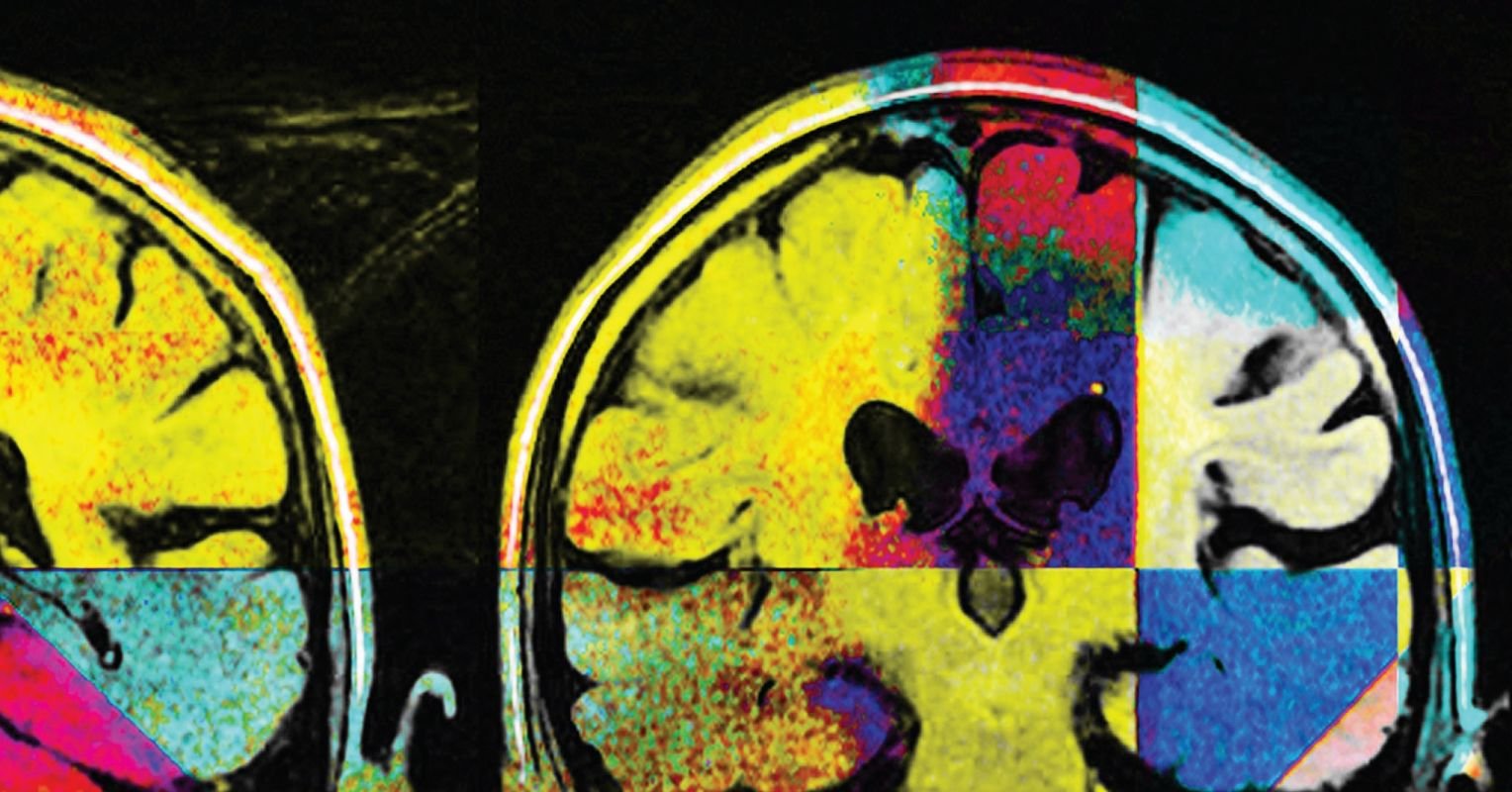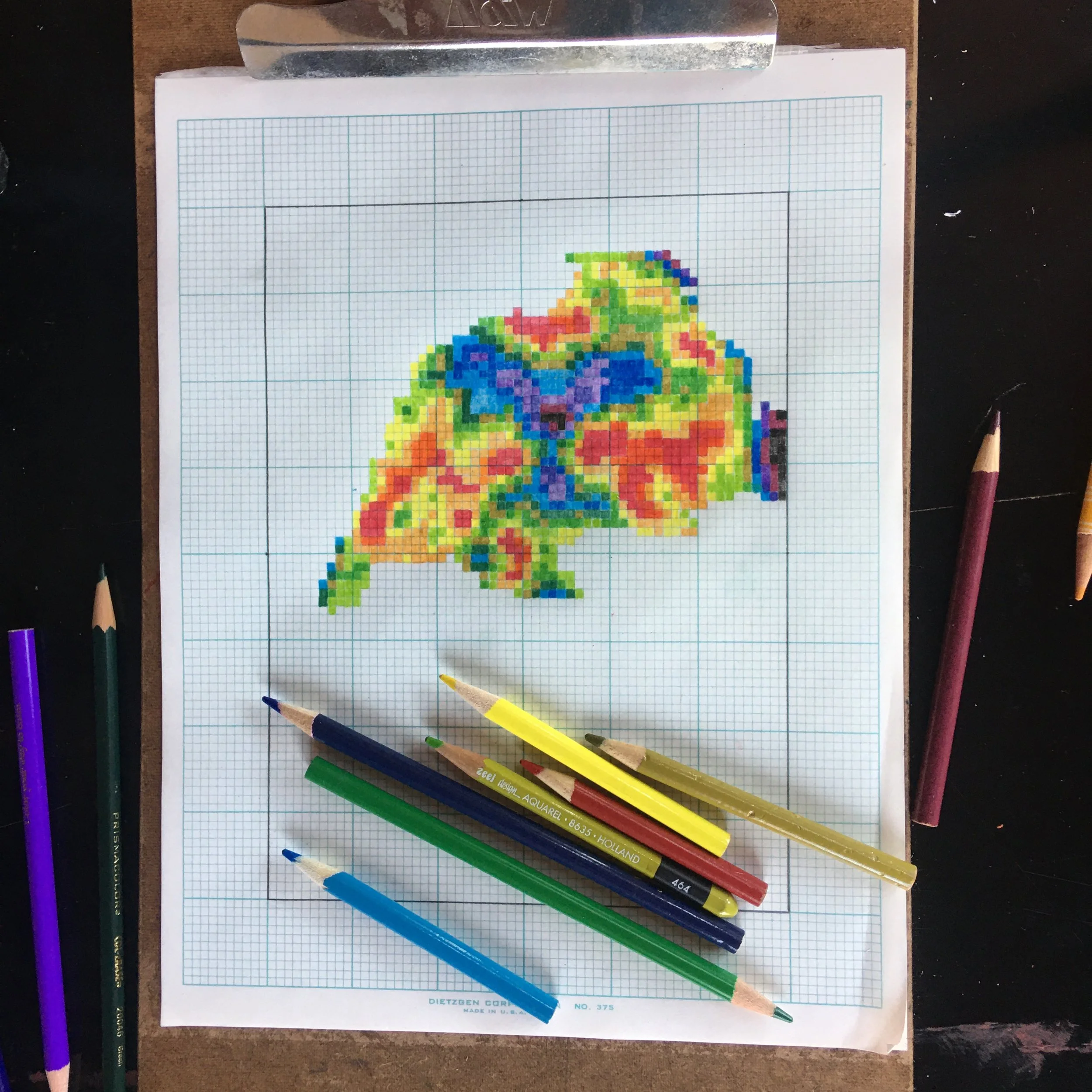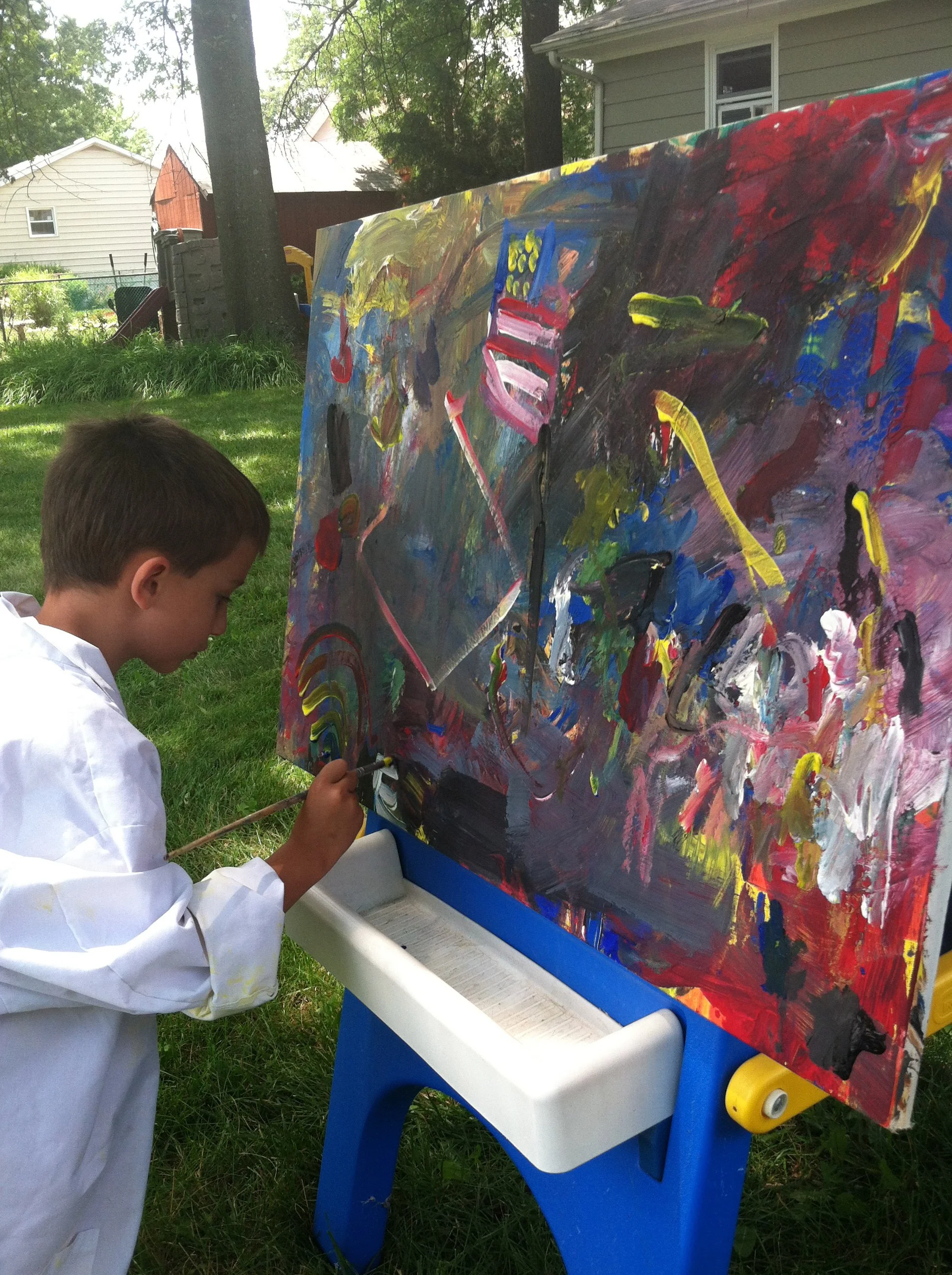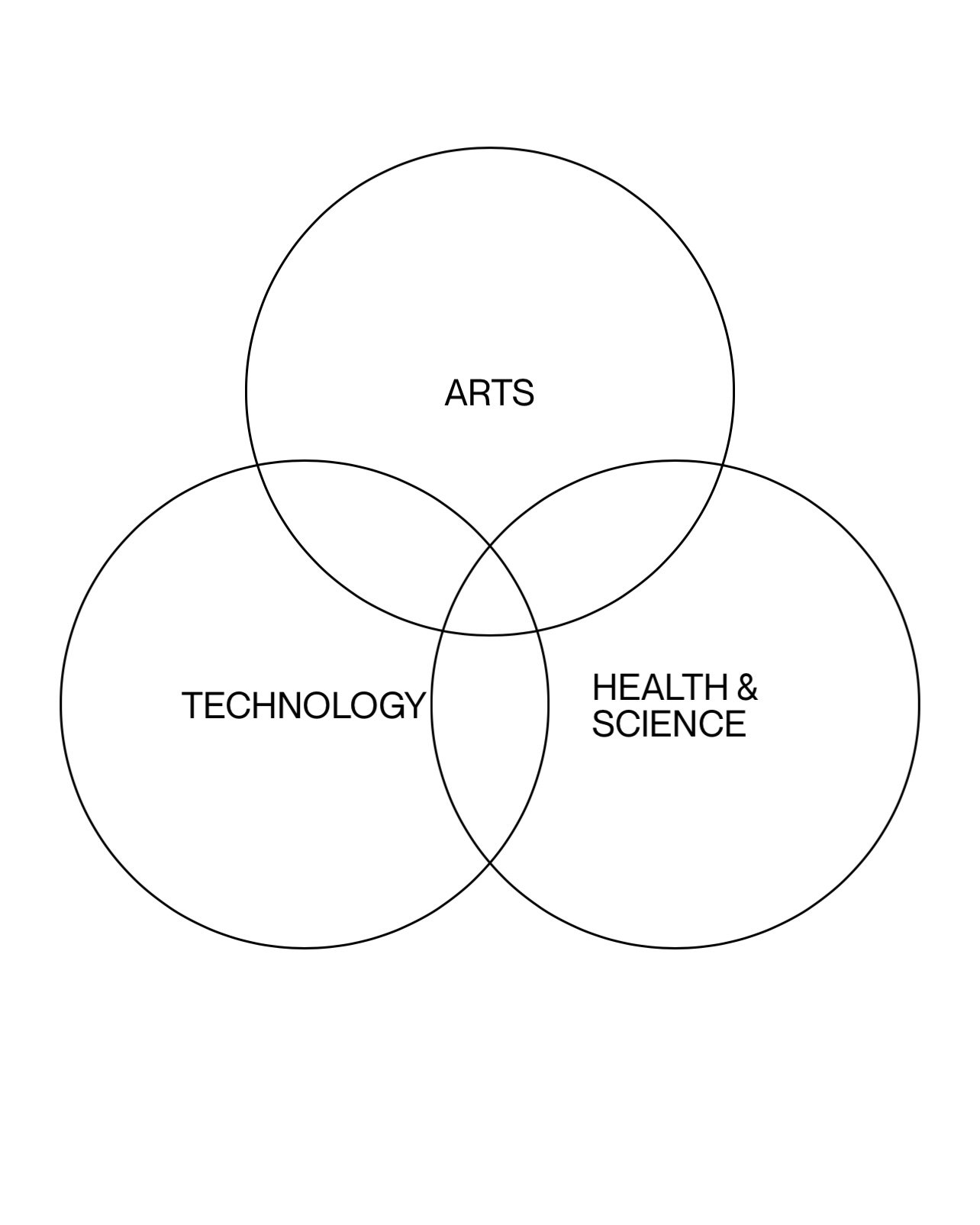Art Is Our Birthright
listen to me read this blog post here:
If you have been reading my blogs for a while, you probably know I listen to a lot of podcasts throughout my day; while I paint, washing dishes, running errands (shoutout to Apple Carplay!), and even in the shower via my waterproof JBL clip bluetooth speaker. That last one makes me sound crazy obsessed, which is ok. I am! I am an insatiable sponge when it comes to learning about different cultures, people’s life stories, discoveries and innovations, historical figures, pop culture, new music, life hacks, parenting and relationship dynamics, current events, what is new in art as well as art history, comedy, crime, scandals and so much more. It helps me feel grounded and escape from reality when I’m getting through a low or dark day.
I recently listened to a great episode on the podcast Armchair Expert (available on Spotify). It was an interview with Susan Magsamen and Ivy Ross discussing their book Your Brain on Art: How The Arts Transform Us. I found the content so interesting I listened to it TWICE, and in my regular type A / nerdy fashion, took notes the second time. I will also be reading their book soon and hope you do too!



Images: Neuroarts is an emerging field that studies how the arts and aesthetic experiences change the brain, body, and behavior, The cover of New York Times Bestselling book Your Brain on Art, The authors of Your Brain on Art Ivy Ross and Susan Magsamen
The concepts they discussed validate what I have come to know intuitively since I dusted off my art supplies and intentionally resumed a creative journey. I think the information is SO important, I am going to summarize it here. Just to be crystal clear: I did not discover these concepts. I want to share the findings and insights of Magsamen and Ross; they deserve the full credit.
First let me give you a little background about the authors. Magsamen is the Founder and Executive Director of the International Arts and Mind Lab Center for Applied Neuroaesthetics at Johns Hopkins University School of Medicine. Ross is the Vice President of Design for Hardware at Google.
Seemingly walking very different paths in very different industries, but following one another’s careers, they connected via Linkedin. They discussed the initial question of (I am paraphrasing): “How does the world use art and aesthetics for health and well-being, and also for product development in order to grow and thrive?” That curiosity and conversation launched a whole research project about the way we enter and feel in spaces.
They researched how we can translate what we learn about art and aesthetics and convert it into practice so we can feel better and be healthier. Magsamen and Ross facilitated a dialogue with a diverse group of individuals and asked them, “Have the arts ever changed your life in some way and how?” I paused the podcast and asked myself this question and think you should too. I found myself nodding enthusiastically. It sure has. I will save my answer for another blog post.
To say the answers they received were varied is a huge understatement. Every single person they spoke with was personally changed by art in profound ways. For example, art being used as a critical coping tool for the mental health of a child, connection via music for a patient with Alzheimer’s / dementia, to create an ideal living environment … and much more. I predict their book discusses these anecdotal experiences in a lot more detail.
The podcast conversation continued to explore how art is still perceived as something exclusive for the elite. This perception is relatable. I still feel out of my comfort zone walking into gallery spaces, even if I have a painting hanging on the wall. Hello, imposter syndrome! Another observation the women make is a strong association of art with free time and leisure.
Historically, art has been used to delineate socio-economic classes, with expensive and commissioned art affordable only to the affluent. Movies still perpetuate the “hoity-toity” (spelling?) stereotypes: the snobby reputation of gallery owners and collectors; how art is owned by the wealthy and created by the starving artist. We all bring some of this baggage to the conversation around art, even today, where fine art is a lot more accessible to all people via the internet and available at many price points.





Images: A sampling of film stills from movies centered around the art world that contribute to how we think about creating and beholding art including Frida (2002), Big Eyes (2014), The Thomas Crown Affair (1999), Great Expectations (1998) and Velvet Buzzsaw (2019)
In addition, many artists make a great living creating art via many different streams of revenue. A career as an artist spans a wide spectrum of avenues and income brackets: surface design, illustration, murals and public art, graphic design, photography, typography, commercial art, sculpture, furniture design, textiles, fashion, animation, multimedia, retail design, set design, art licensing, package design, branding, architectural design, music/ video production, sound engineering and many more niche areas. When you start to think about it, art is embedded in most occupations.
I can’t count how many times I have heard people say things like “I’m not artistic at all”, “I don’t have a creative bone in my body”, “I can’t draw to save my life”, “I’m not good at art”. It’s so sad to hear people say these things knowing what pure JOY it has been for me to let go, give myself permission to make things, not judge the results and revel in the creative process (especially all the discoveries and lessons made along the way; those are precious treasures).
The misconceptions surrounding art that Magsamen and Ross talked about are so true! Art has been rarified and commodified. A lot of people believe (and shouldn’t) artmaking is something we must be GOOD at in order to do it; one must have wealth to appreciate and collect pieces. These are all learned falsehoods.
The truth is ART IS OUR BIRTHRIGHT. When one of the ladies proclaimed this statement on the podcast it gave me pause. How is art our birthright? I have never heard anyone say this before and just knew I had to share it with anyone in the universe (metaverse?) willing to read or listen.
Art and being creative is our birthright. We are wired to be creative; it is essential for survival (meeting basic needs) and unique to humans. We first used our five senses as we came into the world. We continue to move through the world, bringing in the world through our senses. We are incessantly receiving and sending messages of expression.
An old belief is the idea that art is reserved for the elite and the creator must have a natural “talent” which is fine-tuned in art school. Then they are sent on their way to create and find an audience for their work. However, the creative process is really something we do unknowingly all the time. Being creative shouldn’t be reserved for formally trained “artists”.
Art is really (and simply) an expression of how each of us uniquely moves through the world. We should all be encouraged and taught that to create – anything – is of high value to both ourselves and others. It is how we curate our homes, make our meals, style our hair, tell stories, decide how to dress, show up at work, organize our garden, create music playlists or content for social media and so much more.





Images: Researchers observe the effects of art on the brain (Wall Street Journal Article), A drawing in progress of a dreaming brain, Completed drawing about to be shipped to a collector of “brain art”, A “To-Do” list system that works but puts a lot of emphasis on productivity, My son painting in the backyard of our first home
Magsamen and Ross pose the question, “When did ‘art’ come into being?” Indigenous tribes did not have a word for art. It was simply how people lived. Many cultures were singing, dancing, storytelling, painting, sculpting tools and hunting weapons. Creating was the necessary way to move through life to survive.
These kinds of art practices over time dissipated as cultures looked more toward being “productive”. The Industrial Revolution is one good example of how specified labor and professions emerged. Art became something you obtained, not something you did.
The authors state: (newsflash!) optimizing productivity does NOT make us happy or healthy.
Oooof. That last statement hits me hard. As a mom, I take GREAT pride in “how much I get done” each day. Internally, it is sadly the measure of my success. When I get a lot done, I feel good. When I am unproductive, I beat myself up. I even have rectangular pieces of paper on my counter each day, which is my “to-do” list in priority order. I crumple up the paper when I complete the task, which is VERY satisfying. It keeps me organized and sane, while creating a visual representation of how much sh*t I have to do every day.
However, I can also see how much emphasis I put on productivity. I’m learning that holding productivity on a pedestal may not be great for my health.
In my defense, painting and other creative-journey related “tasks” are on my “to-do” list. Many days I prioritize artmaking over everything else. Those silly pieces of paper also help me to remember those dentist appointments I made 6 months ago for my children. So, this “productivity” system does serve me well.
One of the reasons I can’t wait to read Your Brain on Art: How The Arts Transform Us is because the authors claim “science can now validate what we have intuitively known to be true about art.” Woo hoo!







Above: Imagery of the very important messaging from the book’s website Your Brain on Art .
We are born to create, and each of us has artistic traits. CREATING IS IMPERATIVE FOR OUR HEALTH.
For example, 15 minutes of making art and your cortisol (stress hormone) levels diminish, alleviating stress and anxiety. Again, making art includes using your five senses to interact with your surroundings, take in information and form your reality. Apparently, just noticing things is good for your brain. Your senses create the aesthetic, which is NOT about beauty but about taking things in through your senses. I think this is why we are constantly being told to go for walks in nature because being outdoors, you are engaging all your senses. Scientists can now observe how the brain changes as it receives different stimuli. Being a beholder, taking in new images we haven’t seen before, is important for our brain’s plasticity.
See? Creating and beholding creations shouldn’t be viewed as a hobby or a waste of time! It is important to strive to put ourselves into new, dynamic experiences that exercise our sensory system. I learned from listening to this podcast that aesthetic experiences are stored in a part of your brain that does not degenerate. I guess this is why people with Alzheimer’s disease don’t forget how to sing or play their favorite songs!
Magsamen and Ross say your background, childhood experiences, the environments you live in, etc. make up the sensorial and salient experiences you are perceiving, which is unique to every individual. I love this idea and I get so excited about it because what it means to me is: there is infinite possibility of what each of us can create! There is no shortage of experiences, i.e., art and creations, to convey to the outside world. Competition is irrelevant when we create from our own authentic experiences. They are all distinct to who we are as individuals, like a fingerprint.
Here is the best part, which is: how does art transform us? I’m sure the book cites resources, which I can add here soon … so take this next part with a pinch of salt until I can fact check.
Science tells us we are born with 100 million neurons; we come into the world ready to make connections. We are continuously forming neuropathways. All the salient, sensory experiences help us make neurons connect to each other through synapsis. Trillions of synapsis make neural pathways. The pathways connect all the parts of your brain together to create RESILIENCY (as in, help us get better at dealing with both trauma and microtraumas), creativity and build a capacity for learning and memory. Whoa. I hope I got the science lingo correct!
The more you behold, create and do as a young child, the more synapsis, new strong neural plasticity and pathways are made … it is all good for protection, self preservation and prevention. So go express yourself through any and every medium! When you are interested in something, go deeper. With children, when they show an interest in something, find ways to get them to go deeper in that interest.
What is important is to continually do it: write, dance, sing, play music, doodle, paint, cook, work on the car, garden, sew … whether you are “good” at any of these things or not. Make time for it … or don’t … you can do things like doodling while you are doing something else. You actually DON’T need to make extra time to create. It is good for your brain even if you are multitasking.
Have an aesthetic mindset: be curious, playful, seek out sensorial experiences, and make / behold art. Be around the things that get you excited. Creating is not frivolous, so DO NOT minimize its value. Science validates that creating is imperative and art is in service to making us healthier.
Thanks for reading! I hope you enjoyed this post.
Do you have a comment, question or feedback for me?
I would love to hear from you!
Use the form below to get in touch.
Stay inspired,
Melanka